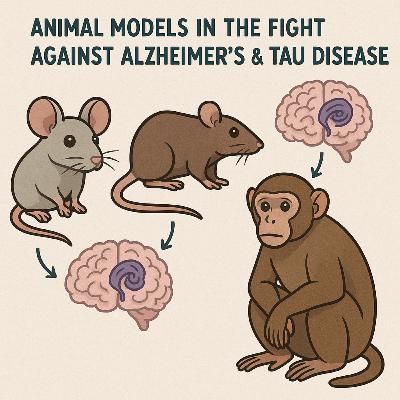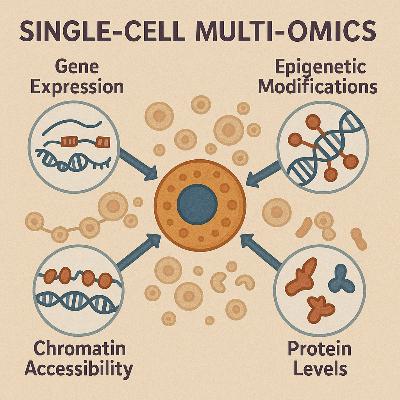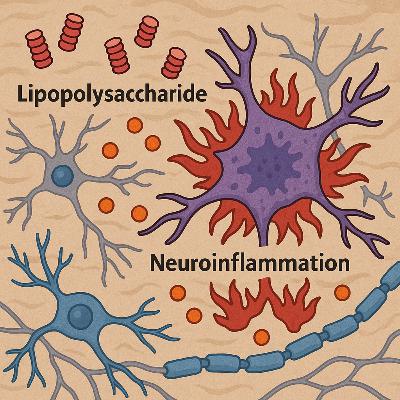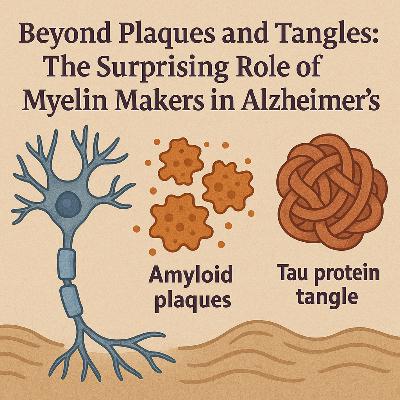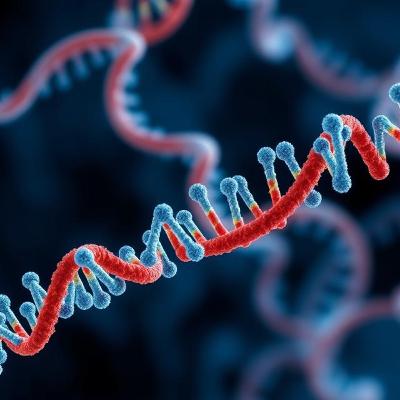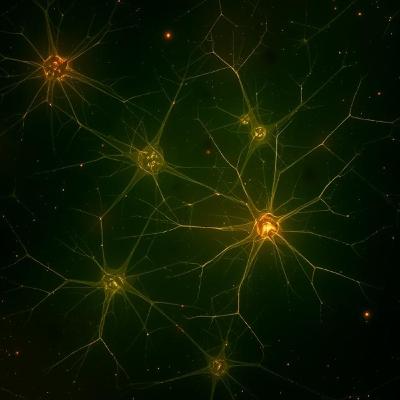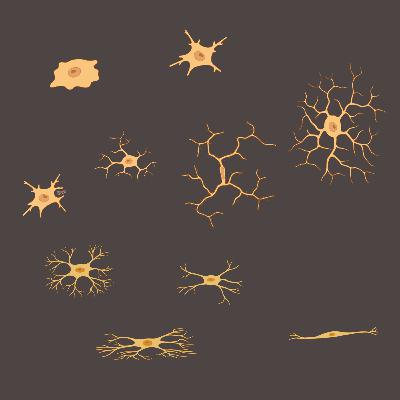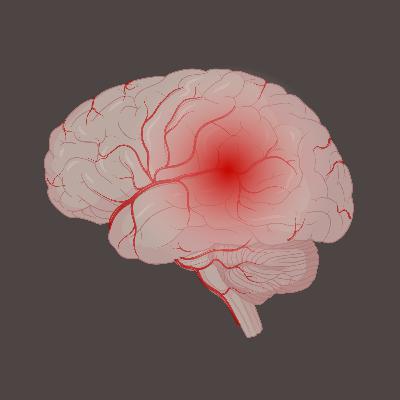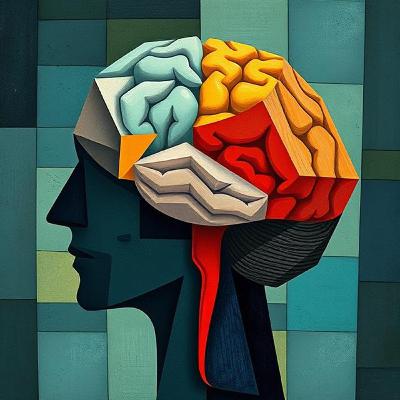Mouse Brains, Human Mysteries: Unpacking the Role of Animal Models in the Fight Against Alzheimer's & Tau Disease
Description
In vivo mouse models have been instrumental in advancing the understanding of tauopathies, a diverse group of neurodegenerative disorders characterized by the pathological accumulation of tau protein. These models, ranging from early transgenic lines to sophisticated humanized knock-ins and induced models, have provided critical insights into tau aggregation, prion-like spreading, synaptic dysfunction, neuroinflammation, and the complex interplay with amyloid-beta pathology. They serve as indispensable platforms for preclinical drug discovery, contributing to the development of therapies that modulate tau phosphorylation, aggregation, and clearance.
Despite significant contributions, mouse models face inherent limitations in fully replicating the complexity of human tauopathies, including species-specific differences in tau biology, the challenge of dual amyloid-beta and tau pathology in Alzheimer's disease, and the incomplete recapitulation of post-translational modifications seen in late-stage human disease. These factors contribute to the persistent translational gap between preclinical success and clinical trial outcomes.
However, the field is rapidly evolving. Emerging trends in advanced genetic engineering, particularly CRISPR/Cas9 technology, are enabling the creation of more precise, physiologically relevant models that avoid overexpression artifacts and allow for the study of specific tau isoforms and post-translational modifications. The integration of optogenetics and chemogenetics is facilitating circuit-specific mechanistic studies, while human induced pluripotent stem cell (iPSC)-derived organoids offer complementary human-specific in vitro platforms. Future directions emphasize the development of multi-factorial models that incorporate genetic and environmental risk factors, aiming to better mimic sporadic, age-related human tauopathies and ultimately enhance the predictive validity for therapeutic development.

